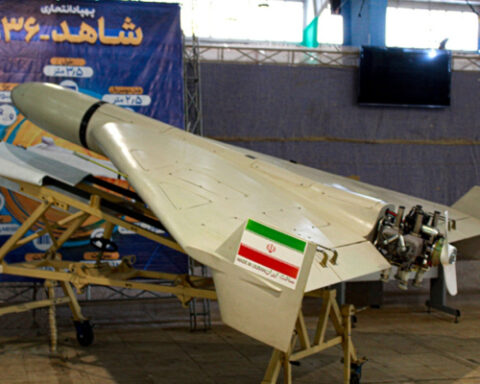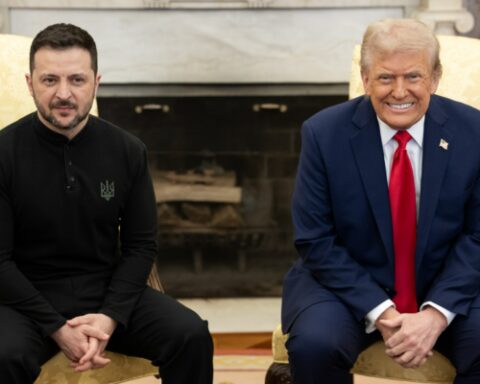When Iran unleashed a historic barrage of ballistic missiles on Israel during a 12-day war in June, the United States responded with a powerful show of force.
But that swift and robust military aid has now exposed a sobering reality: America’s missile defense systems, long believed to be unmatched, are dangerously short on supplies.
Two of the Pentagon’s seven prized Terminal High Altitude Area Defense (Thaad) systems were rushed to Israel and fired more than 150 missiles, nearly a quarter of the total interceptors the U.S. has ever purchased. Even that wasn’t enough.
“That’s an extraordinary commitment of U.S. technology and personnel to Israel’s security,” said Dan Shapiro, a former Pentagon official under President Biden.
Indeed, the commitment was critical. The Iranian missile assault — part of a broader conflict destabilizing the region — overwhelmed not just Israel’s multilayered defenses but strained America’s strategic stockpile of advanced interceptors. Dozens of Iranian missiles still broke through despite the joint U.S.-Israeli effort.
At one point, U.S. officials even debated diverting interceptors intended for Saudi Arabia — itself at risk — to replenish the depleted systems in Israel. Supplies were so tight, the Pentagon had to rush replenishment mid-conflict.
The strain on inventory wasn’t limited to Thaad. U.S. Navy warships fired roughly 80 SM-3 missiles during the same conflict.
These interceptors, which can cost up to $25 million each, are essential for defending U.S. forces and allies from high-speed missile threats. Yet their performance is now under scrutiny, as Pentagon officials quietly examine whether every launch achieved its intended kill.
Vice Adm. Brad Cooper, who is set to take over U.S. Central Command, issued a warning in June: “One of the concerns would be munitions and magazine depth.”
His point was echoed by Tom Karako of the Center for Strategic and International Studies, who said, “We are at long last waking up to the need for massive defensive munitions procurement.”
The U.S. currently has seven operational Thaad batteries. Five are deployed — in Israel, Saudi Arabia, Guam, and South Korea — leaving only two inside the continental U.S.
A basic rotation plan would require at least twice that number to allow for training and maintenance without degrading readiness.
The manufacturing pipeline is also lagging. Lockheed Martin, which builds Thaad interceptors, can only produce about 100 annually. Refilling the munitions used in this short war will take more than a year and cost up to $2 billion.
Operational challenges were also revealed. Naval officers noted difficulty coordinating with Israeli forces, leading to possible overkill — multiple ships firing at the same missile.
Others described trouble differentiating real warheads from decoys amid a sky filled with debris and boosters. In one alarming detail, ships had to leave the fight to reload, as the Navy still lacks the capability to restock vertical launch tubes at sea.
Freed from Johns Hopkins Applied Physics Laboratory summarized the challenge: “Achieving successful lethal object kills in dense raid environments becomes significantly more complicated as the number of ballistic missiles increases.”
While Israeli officials maintain they had the tools to protect civilians, U.S. commanders and analysts are sounding the alarm.
The war revealed a simple, inconvenient truth: America’s missile defense arsenal, designed for occasional threats, is not yet prepared for the relentless, mass-volume missile warfare that adversaries like Iran — and potentially China — now favor.
As Karako bluntly put it, “The other worry is that the Iranians are going to do this again. And we can’t afford to do it again.”
[READ MORE: Trump Signals Support for Israeli Action as Hamas Talks Collapse]









